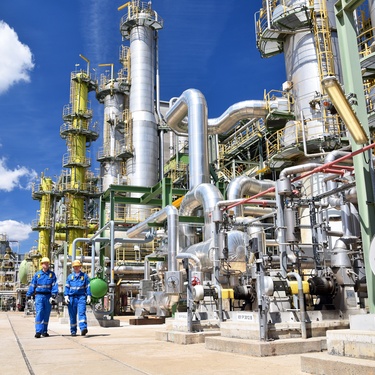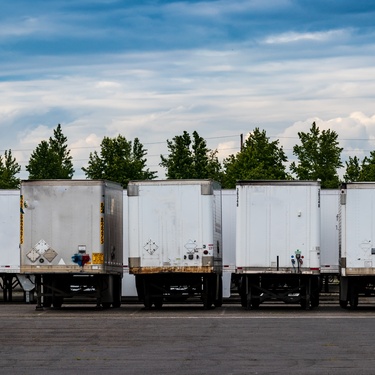
Managing risk in chemical plants is a responsibility that demands precision, foresight, and an unwavering commitment to safety. These industrial environments handle materials and processes that, while critical to numerous industries, carry inherent risks. Gain insight into the essential tools for risk management in chemical plants that every plant manager must prioritize to ensure optimal safety and efficiency.
1. Comprehensive Safety Protocols
Clear safety protocols form the foundation of any effective risk management strategy. These protocols should detail step-by-step procedures for handling hazardous materials, operational processes, and emergency scenarios.
When combined with regular audits, reinforced guidelines foster a culture of compliance and accountability within the team. Regular updates to these protocols based on industry standards and past incidents ensure the plant remains proactive in mitigating risks.
2. Advanced Monitoring and Detection Systems
Real-time data can save lives and valuable protect property in chemical plants. Advanced monitoring systems, including gas detectors and thermal imaging tools, enable the early identification of potential issues.
Automated systems integrated with AI can flag anomalies and provide prompt intervention before small issues evolve into major incidents. These technologies enhance safety and improve overall operational efficiency.
3. Employee Training and Development
Well-trained employees are an indispensable asset in any high-risk environment. Effective training programs should cover operational procedures, safety standards, and crisis response measures.
Beyond technical details, cultivating situational awareness among employees allows for better decision-making in real-time scenarios. Regular workshops and certifications ensure that the workforce remains proficient in using plant technologies and adheres to safety protocols.
4. Emergency Response and Preparedness Plans
Even with stringent measures in place, accidents can still occur, making a reliable emergency response plan a vital tool for mitigating risks. These plans must include evacuation routes, communication protocols, and defined roles for every team member during an emergency.
Regular drills reinforce these plans by identifying weaknesses and keeping employees prepared for rapid, coordinated action when it matters most.
5. Sustainable Practices and Material Management
Sustainable approaches to material management mitigate environmental risks and optimize resource use. Implementing measures like proper hazardous waste disposal, reusing materials or containers, and switching to environmentally friendly chemicals is vital.
Additionally, the financial benefits of reusable chemical packaging make it an appealing option, as it reduces costs and demonstrates a commitment to sustainability. Such practices contribute to long-term risk reduction while improving the plant’s reputation.
Proactive risk management is indispensable in the chemical industry. By implementing these essential tools for risk management in chemical plants, you will protect lives, assets, and the surrounding environment while enhancing operational efficiency and financial stability. Equip your plant with the right tools today to stay ahead of risks and build a safer tomorrow.
Bio: Casey is a passionate copyeditor highly motivated to provide compelling SEO content in the digital marketing space. Her expertise includes a vast range of industries from highly technical, consumer, and lifestyle-based, with an emphasis on attention to detail and readability.



















